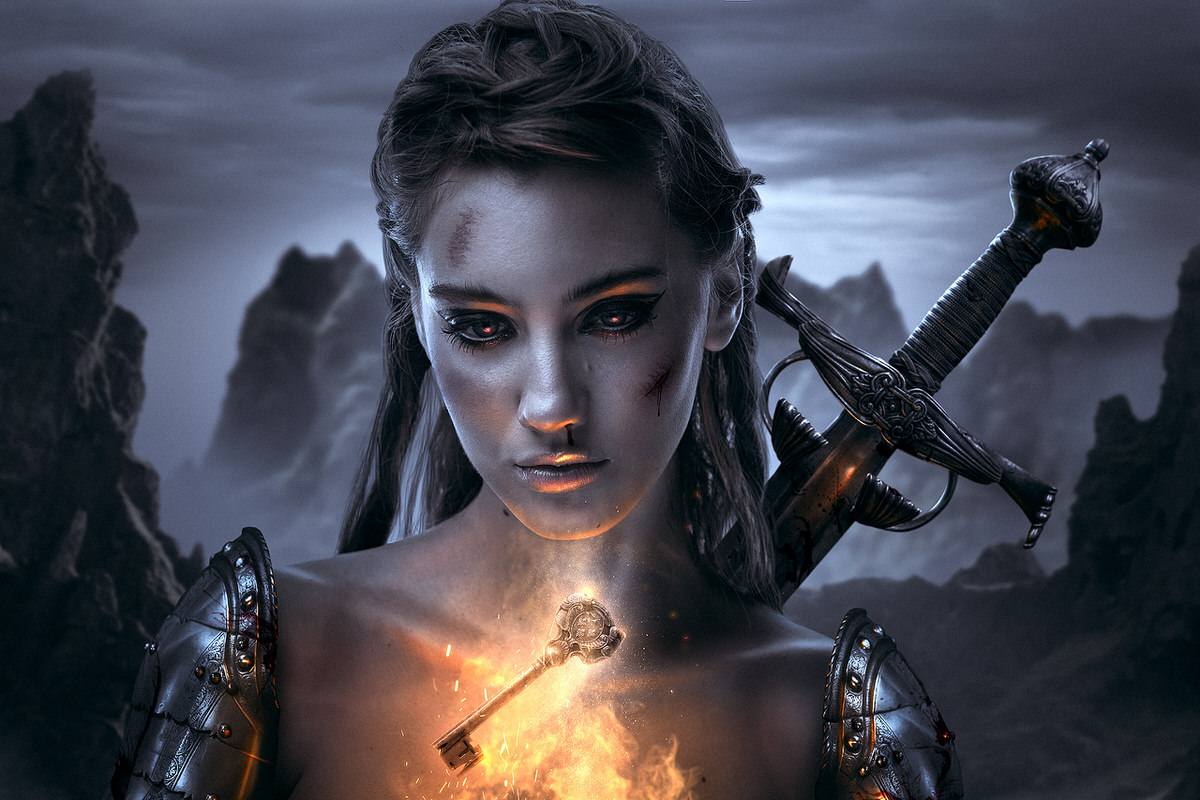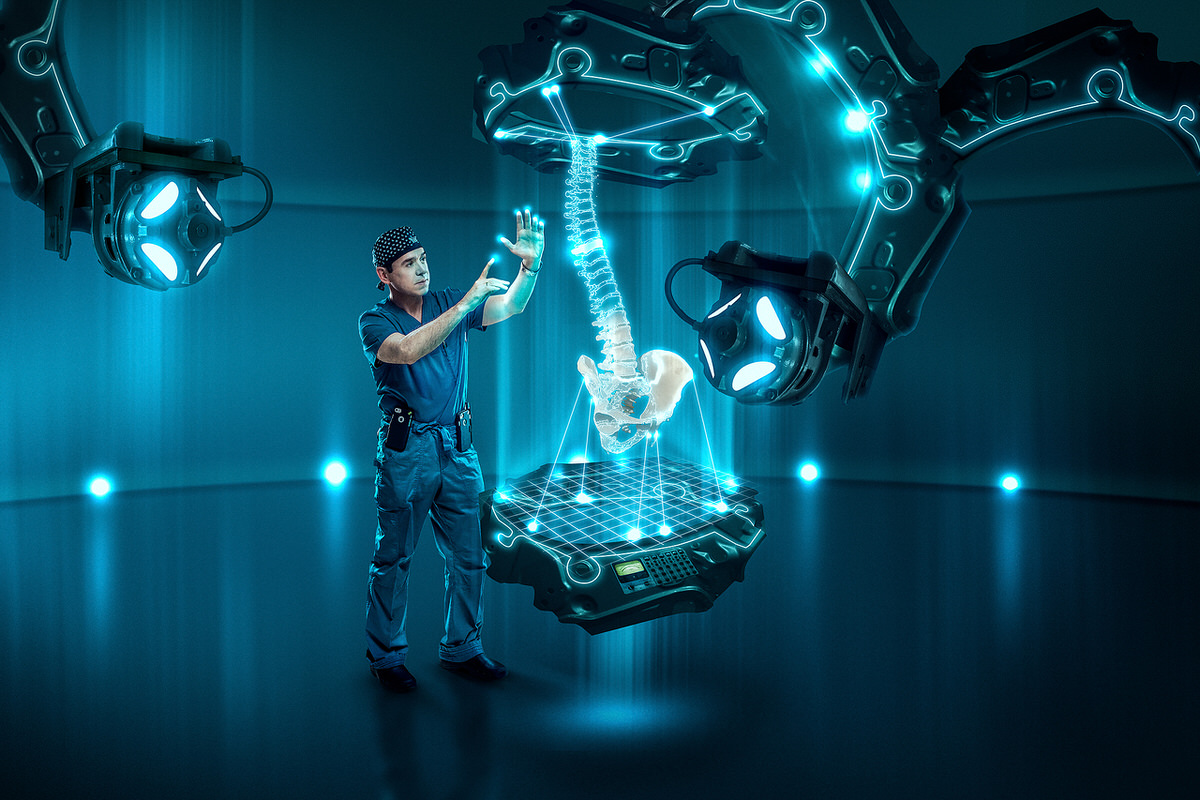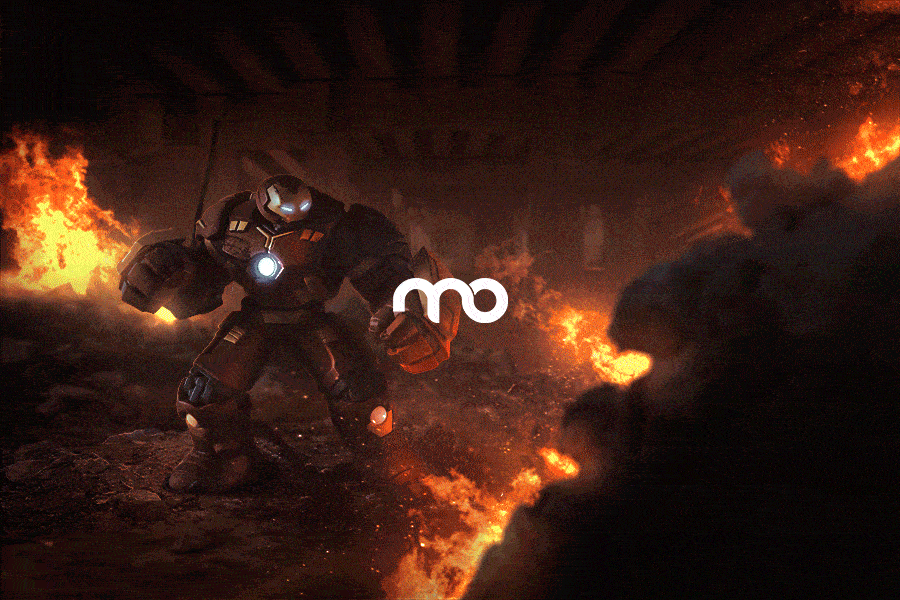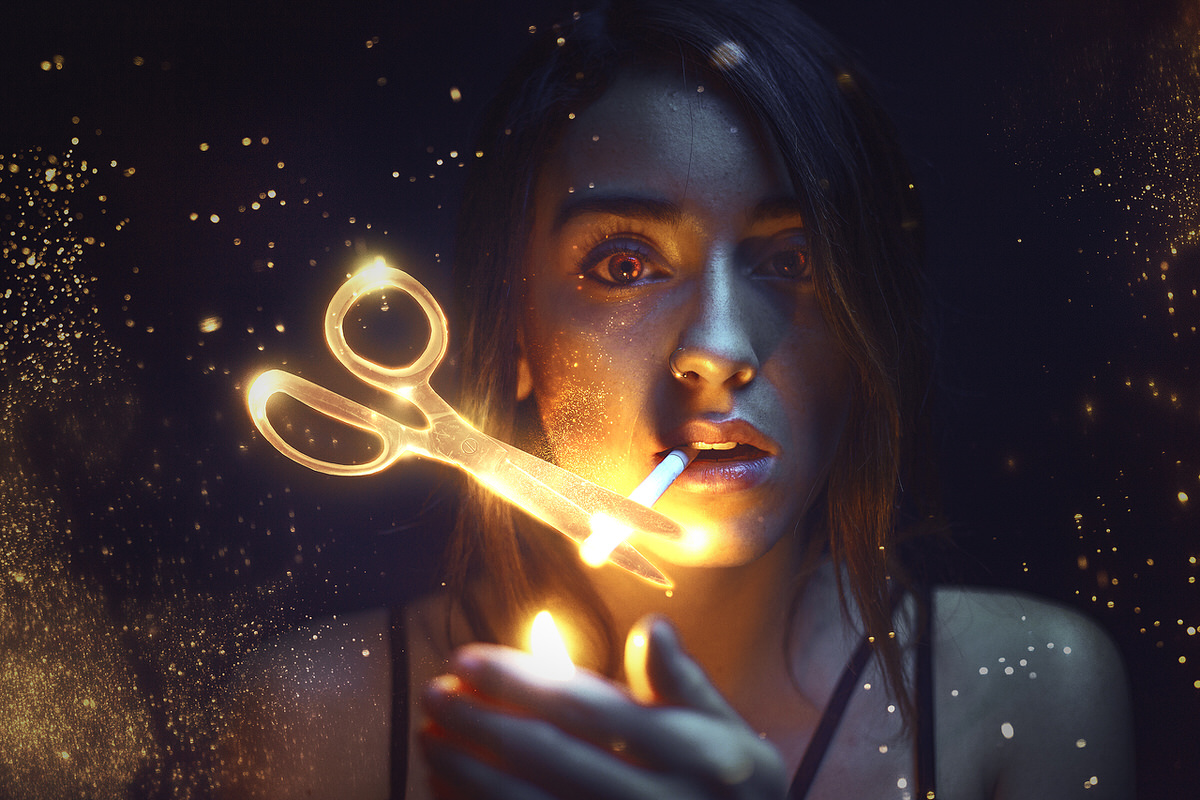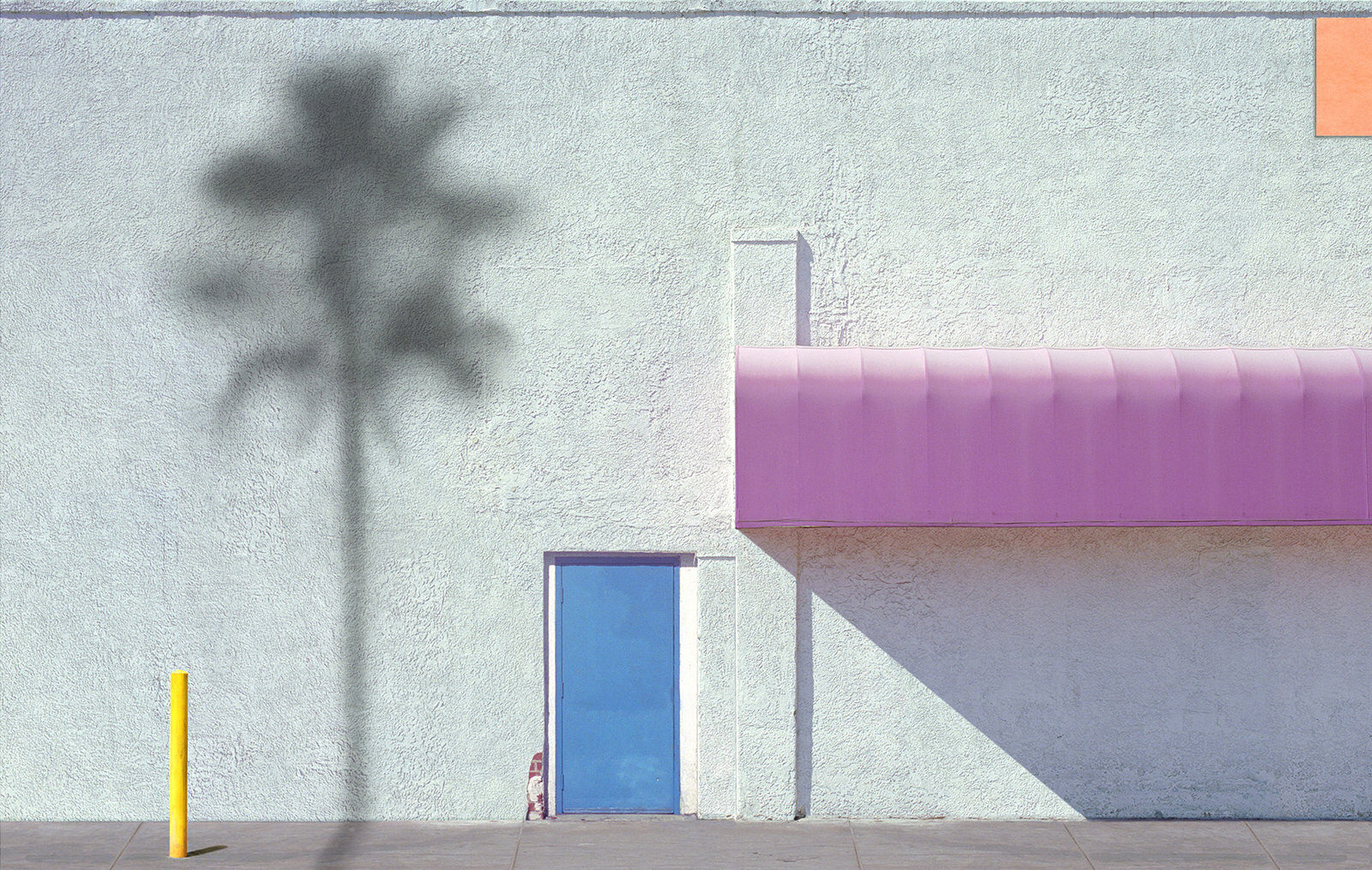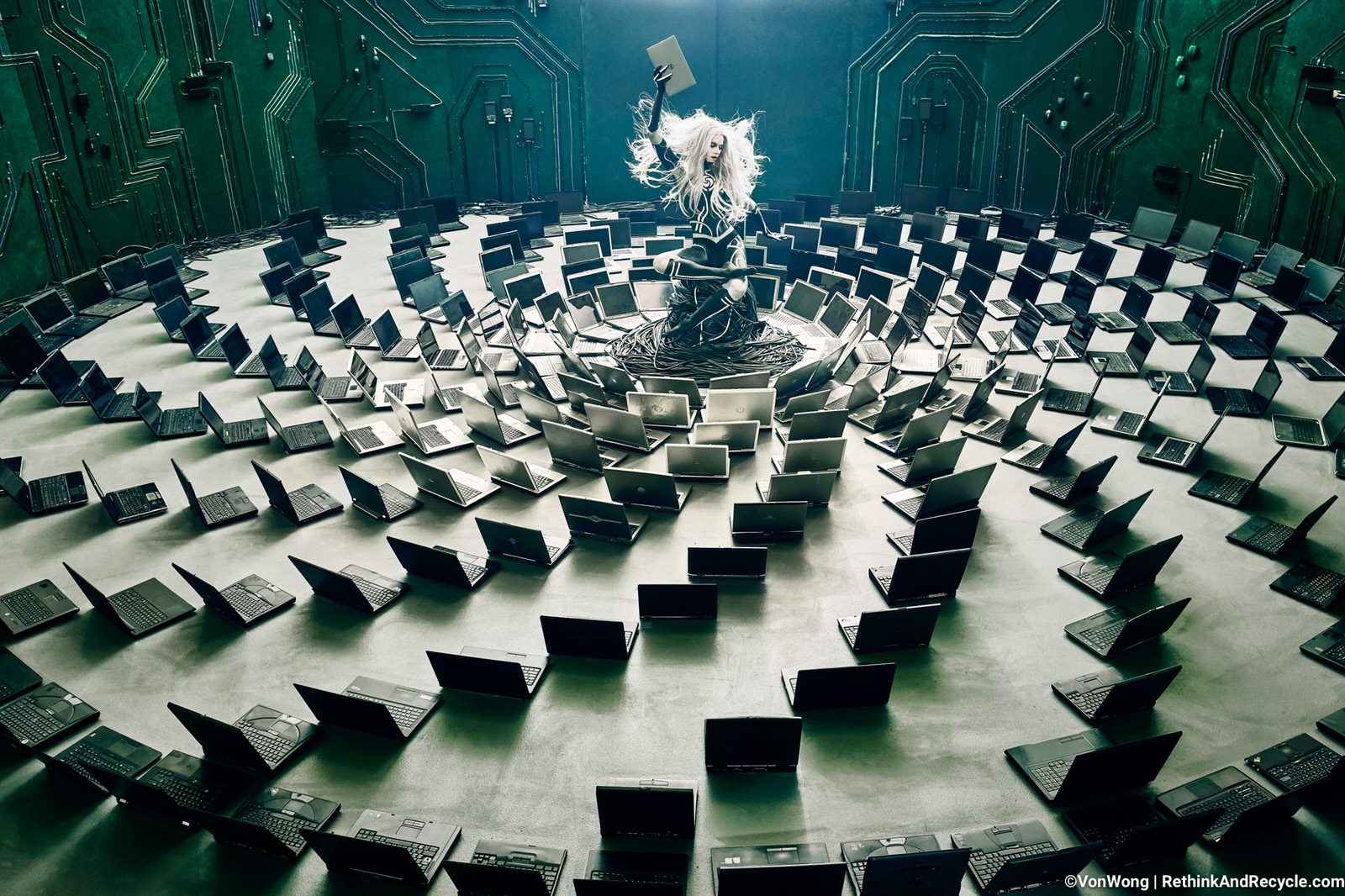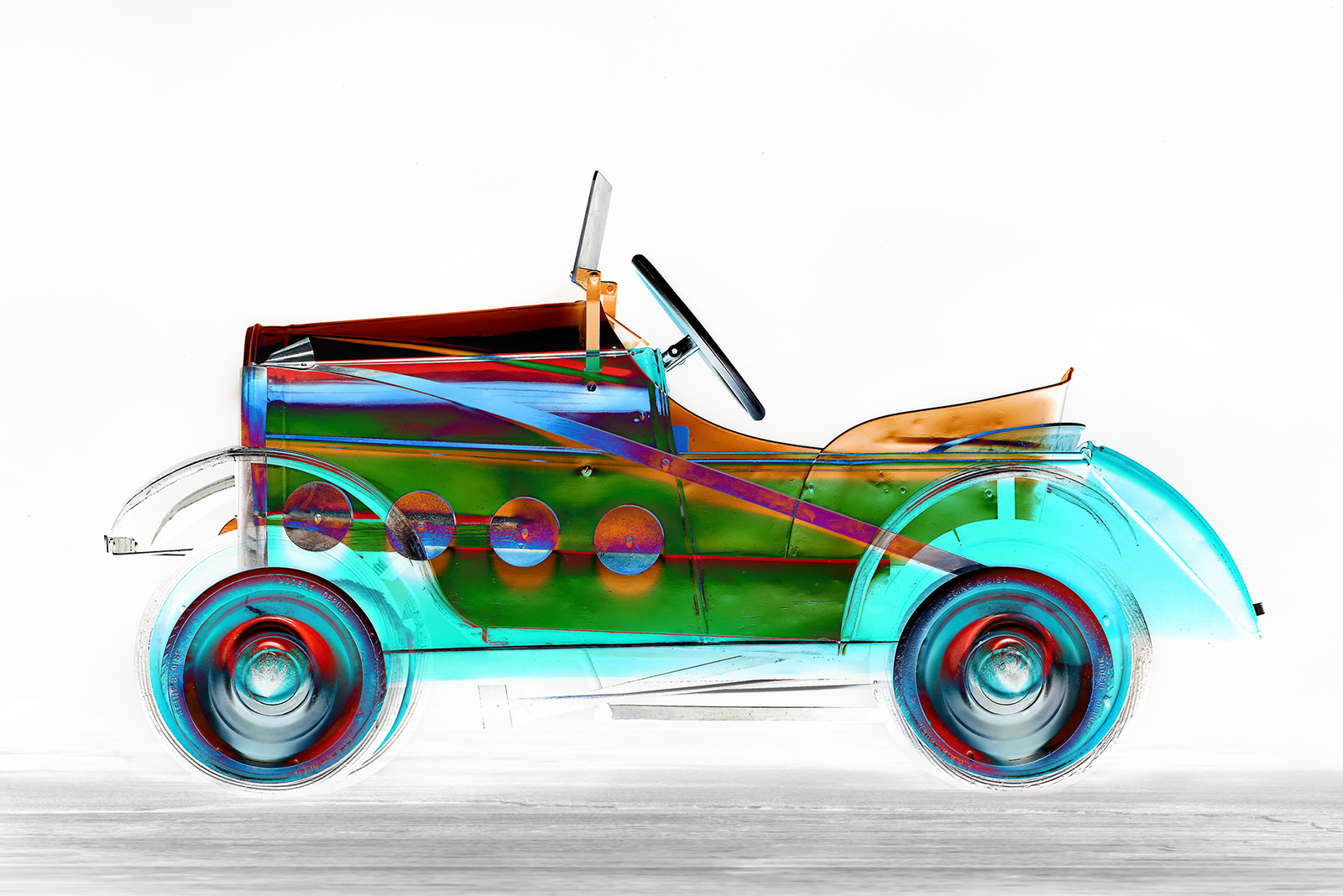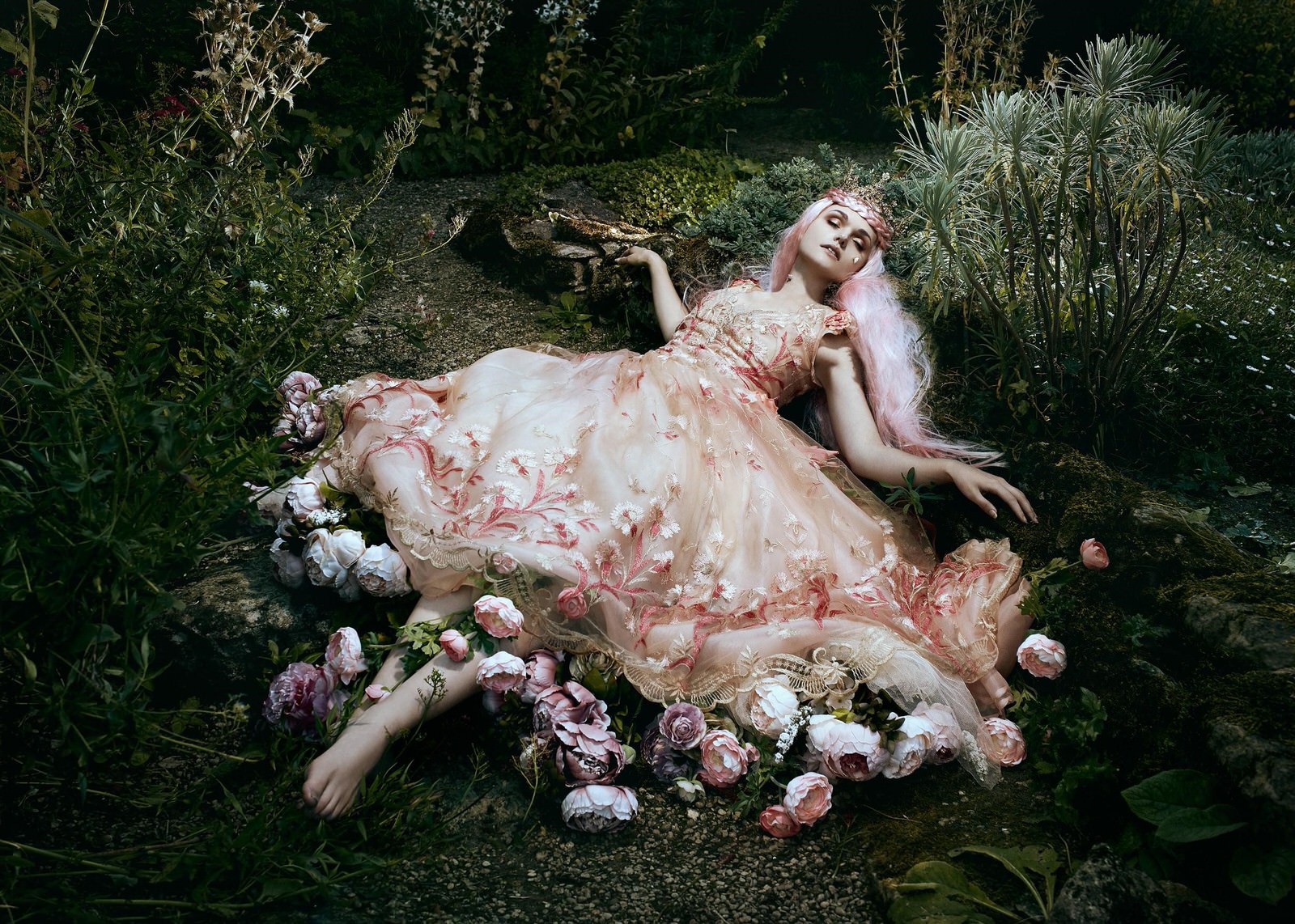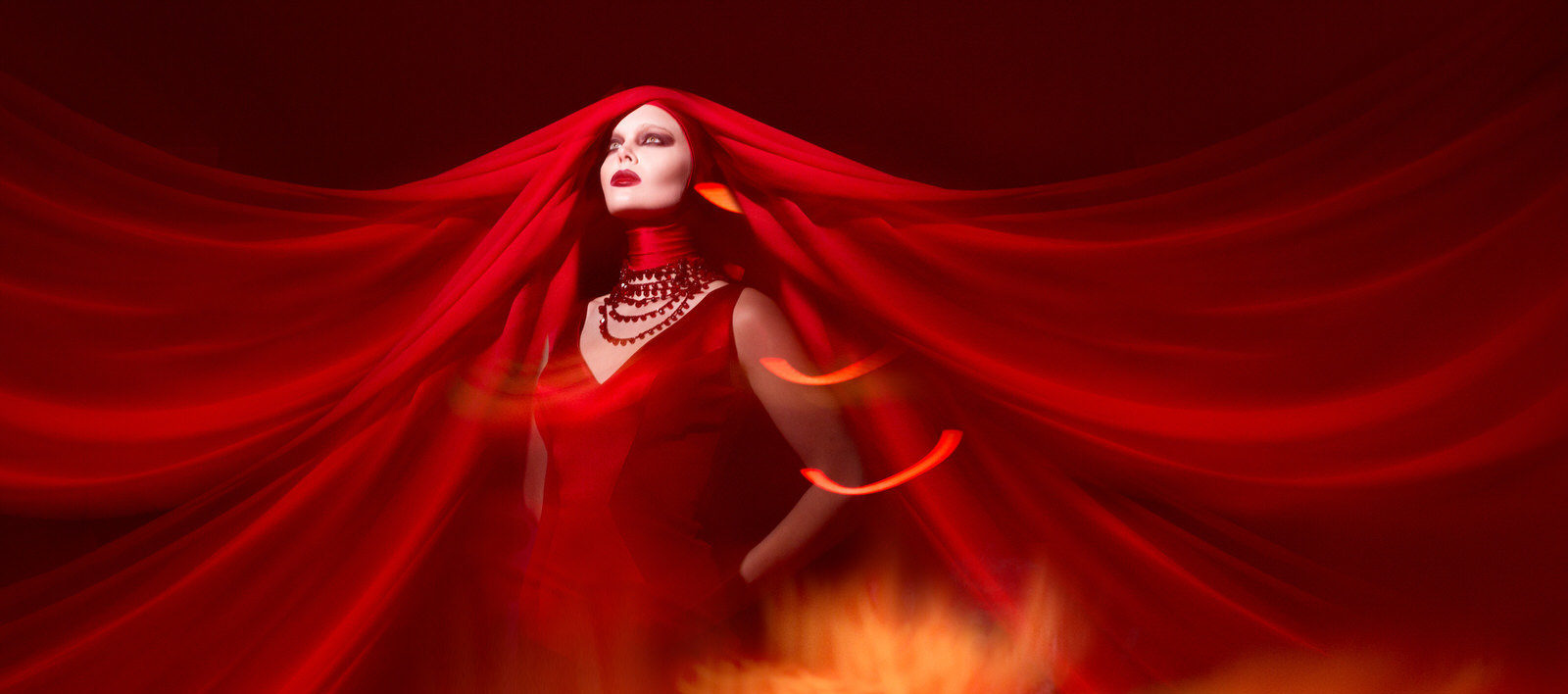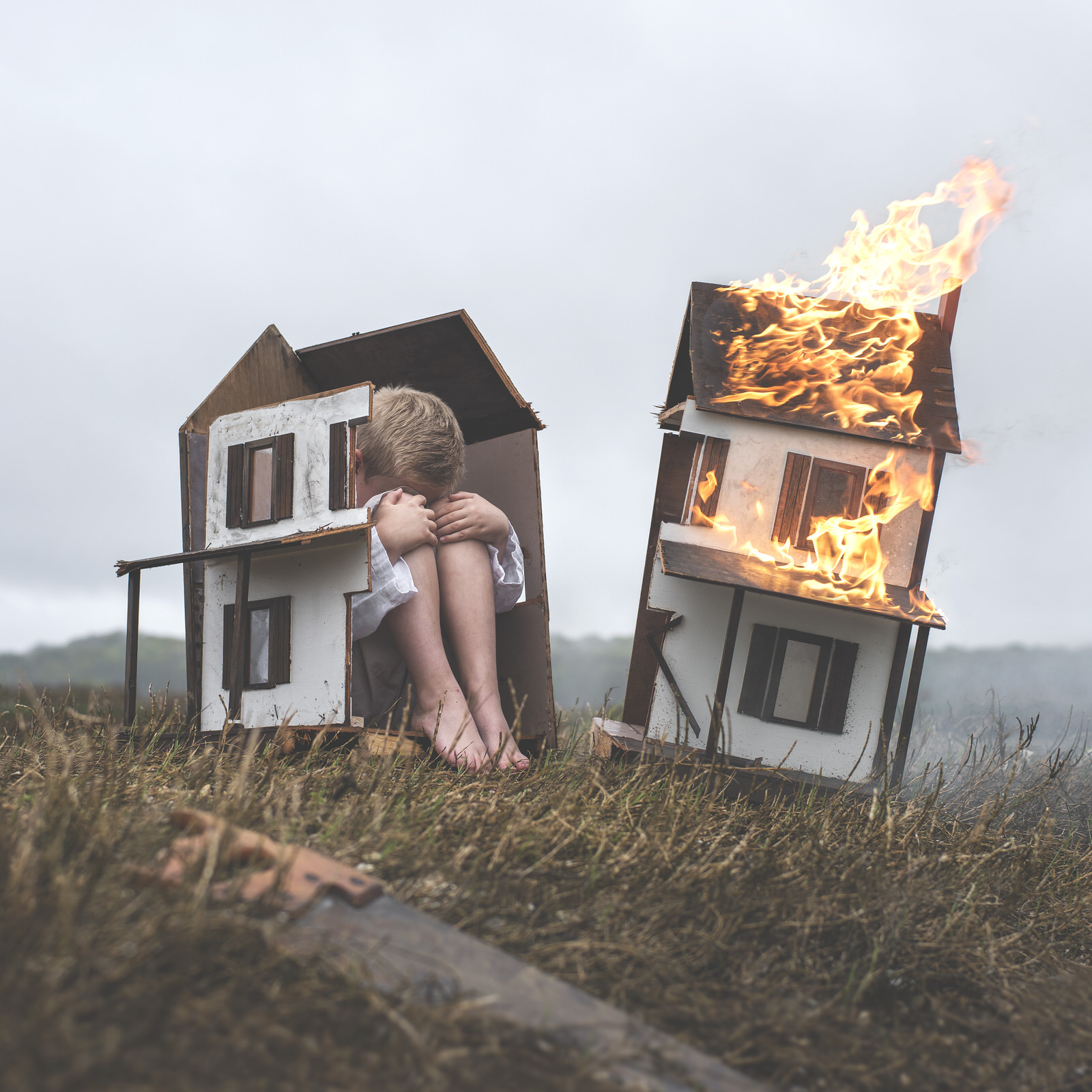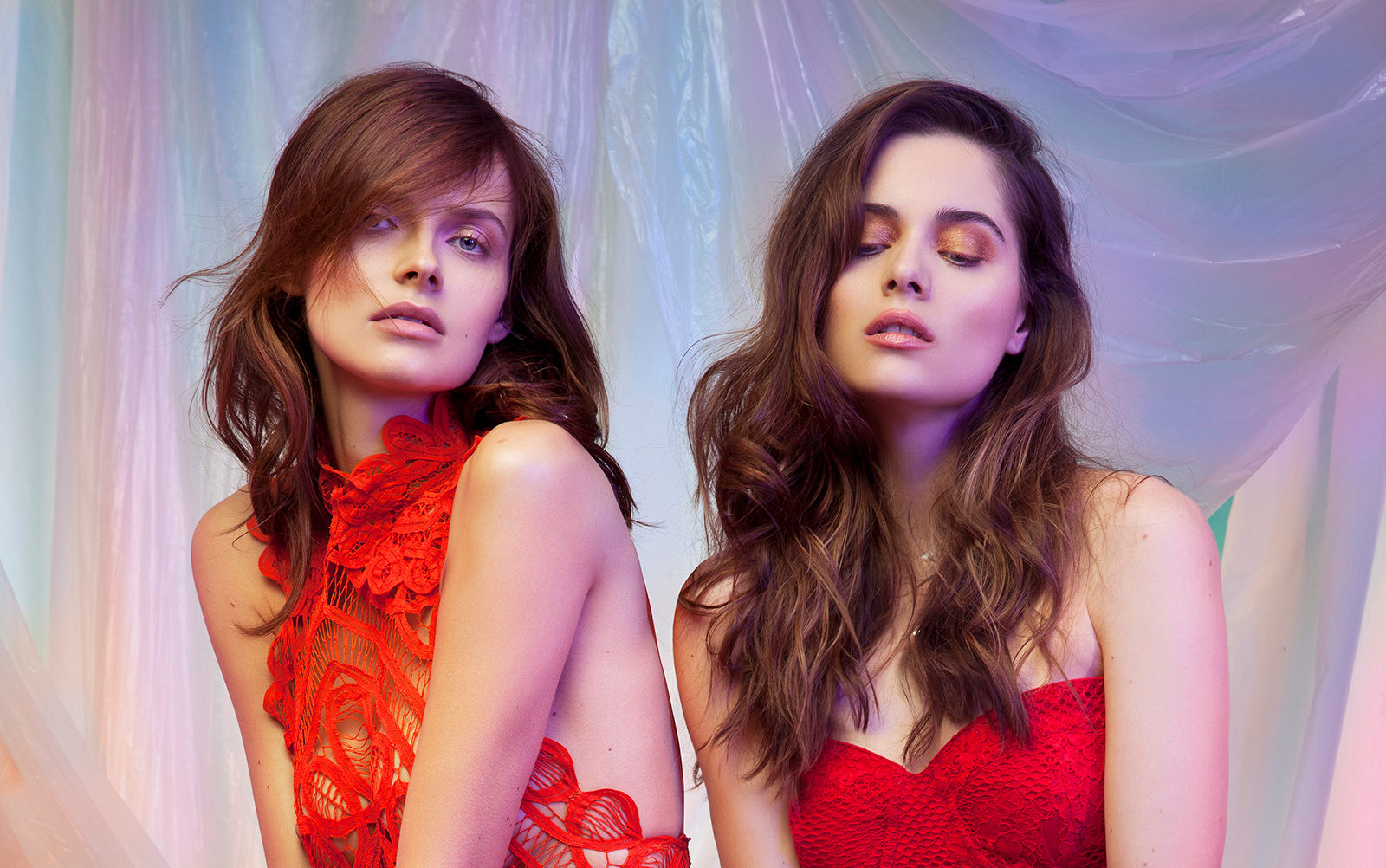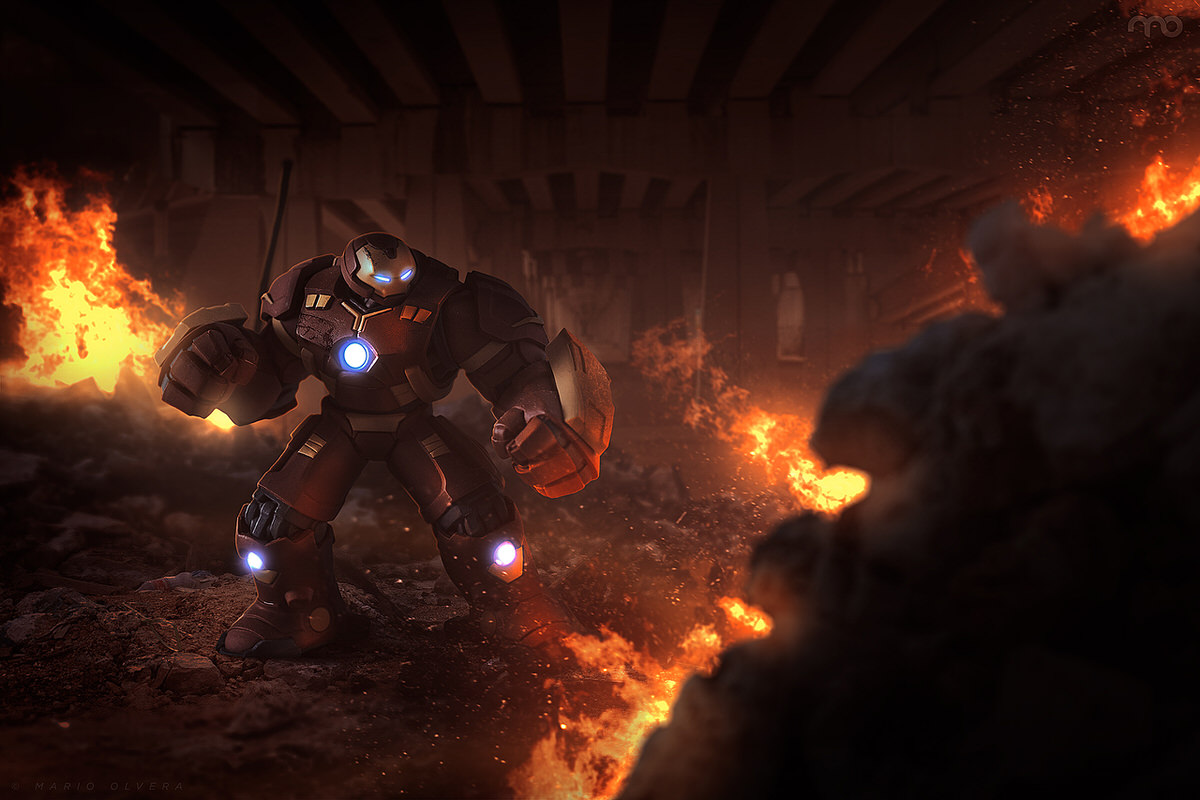
The Art of Making Realistic Composites: An Interview with Mario Olvera Molinar
Of all the things in Photoshop, compositing is considered by many to be the most difficult thing to learn, let alone master.
The premise seems simple. You have a photo of your cat and you want to place him on the moon. So, you cut your cat out, grab a picture of the moon’s surface, and try to make him the first feline planetary explorer.
Except after an hour of struggling, the composite still looks completely unrealistic, the lighting is off, and the colors are all over the place. That’s the experience for most of us.
Then there are artists like Mario Olvera Molinar, a true master of the composite. We were lucky enough to get to sit down with Mario and talk about how he learned Photoshop, his approach to compositing, and how he gets himself out of ruts when he feels stuck.
Take us back to the beginning of how you discovered you had this creative part of you and how you became an artist.
Well, I think my creative side was born when I was 12. My grandmother used to teach me how to draw and had a lot of books about drawing, like how to draw Disney characters. And then my father started to teach me how to play piano, so my creativity started to grow. Then I joined a student group where we learned about 3D animation. One day a school friend was like, “Check out this thing I did with Photoshop.” He showed me some text with a fire effect and I was like, “I want to do that!” So I started searching for tutorials about it and image manipulation, etc. I got really interested in that and I was doing a lot of pictures for friends, like everyone when they’re first starting. I started doing photography with a 50mm macro lens. I thought that the macro world was really cool and I started doing it.
How did you know when you finally made the leap from hobbyist to professional photographer?
When I started selling my photography and charging for my work. However, I used to take my camera everywhere, to parties, on every trip with my friends. And when I started selling my photography, something happened. I lost the passion. Something happened inside of me that made me want to quit doing photography. I was like, “I don’t want to do this anymore. I’m going back to animation.” And I started doing 3D and motion graphics again. But, I’ve been freelancing for over seven years and doing a lot of stuff, including professionally shooting photography occasionally.
What is your thought process like while working inside Photoshop?
I actually have two processes. When I use Photoshop, I’m very experimental, rather than starting off with a solid idea from the beginning. It’s the way I learned Photoshop, just messing around. I take the picture and I don’t know what I’m going to do with it, you know. Then, every time open a picture in Photoshop, I just play with it, experiment, and I don’t limit myself to any preconceived concepts. This sometimes can be bad because I don’t have any guidance then.
Let’s say I’m working on a picture of a woman I took. I see her face, her pose, etc. and I just start thinking, “Okay, maybe I should add a sword. I’m going to throw the sword in the back and see how it looks.” And when I throw the sword in the back, I’m like, “That looks great, but she needs armor to be like a warrior!” And it just goes on and on like that.
You mentioned your background in 3D animation changed the way you work in Photoshop. Something about “ambient occlusion.” What is that?
Well, ambient occlusion refers to the light, the shadows from contact. It’s used a lot in 3D animation. Any good composite artist does this well. Ambient occlusion is something that helps you integrate more of your elements into every composite because you have two light sources: the direction of light and the ambient lighting. I use it to make my subjects pop from the background. I obscure the background a little bit and I tend to go to the colder side for my backgrounds, then I’ll give the subject a little bit of color (maybe from the light of a fire) to make them pop out. Creating my own light sources and painting with light in Photoshop allows me to always control the light. If you don’t have a light source, you create it. If you don’t have the light shining onto the character, you can create that.
Well, if you’re incredibly talented, maybe. YOU can create that light, but I struggle.
There’s nothing to be afraid of with a composite. I know it’s difficult at first because you get really frustrated about that and you just want to scream! But people have to understand that it takes time. You need to be patient and you have to try to replicate simple things at first. For example, a simple sphere inside a jar. You can see how the light from the sun works as you move it around. You have to learn with easy things first! People want to go straight to the some dramatic Transformers movie type composite.
Everyone can do it. It’s about being a good observer of reality. When you do composites, what you want to do is make them look real, right? I constantly hear from the community, “I don’t know what I’m doing wrong with my composite. It doesn’t look real.” My first questions are always, “What are your light sources? Where is the light source that is striking the background coming from? And where is the light source that is hitting your subject coming from?” If they are coming from different directions, you are going to have to paint with light. Which is just a technique you can learn. The tough part is training you eye to observe how light strikes things in a realistic way and recreating that in Photoshop.
It’s the basis of photography. You are painting with light. That’s the thing that people have to understand. Don’t think about the composition, don’t think about your subject. Think only of the light. And with the light, compose the image you want to create.
That sounds like you’ve put in a lot of work.
People want things fast, fast, fast, fast. People always ask me for Photoshop Actions to do the compositing for them. And there’s no action I can make. People ask me, “What is that effect you used?” It’s not an effect. It is a lot of work, a lot of experimenting, a lot of failing. People don’t want to fail. But, you have to fail to understand something. If you want to grow, you have to fail. But fail forward, you know.
What’s your process when you get stuck and you feel like things aren’t working?
I get really stressed and depressed every now and then. The thought comes to my mind that I’m not good enough. I think I’m really tough on myself sometimes and I expect more from myself because a lot of people have said, “You’re really good, man.” I feel pressure that I have to do something bigger, something better. It happens whenever I take on a big project. I think, “Oh, no you don’t! You are not good enough. You shouldn’t be a photographer. You shouldn’t be doing this for a client. You’re going to fail with this.”
When that happens, I go check out the work of photographers I admire, like Tim Tadder, Erik Johansson, Erik Almas. They have all talked about doubting themselves and their creative struggles. It reminds me, “I want to go there. This is what I love, this is what I do.” I think if you have a strong vision of what you want in a life, it’s going happen.
It’s always best to have a healthy balance between developing your own style and trying to pull little things from people that inspire you.
Yes, exactly. If you try copying, it can feel amazing because when you copy, you do learn something. But if you want to develop your own style, you can’t be doing your style and, at the same time, copying the things that you’ve seen. If people want to grow, they have to quit doing that. Experiment with techniques you have seen, don’t just try to copy it. Try to understand technique because when you understand something, that gives you the frame to play with it and finally see beyond its limits and develop your own way of doing it.
Push your limits beyond what they currently are. If you think, “Oh, I’m really good now,” then you are stuck. I like to always feel like I can do something more with my technique. I’ve never known a great artist who was “comfortable” with their skills.
You mentioned you have taken PHLEARN classes in the past. What was your biggest takeaway?
Yeah. PHLEARN has helped me to have fun. The way that Aaron teaches is really fun. You see Aaron and you say, “I going to have fun with this.” That’s the most valuable lesson that PHLEARN taught me – to have fun with my photography.
Do you have a book you think every creative should read?
Color and Light: A Guide for the Realist Painter by James Gurney. This is like the Bible for every artist, I think, because it’s all about light. If you want to learn about light (which is the basis of all photography), this book is definitely the one you should buy. Also, Art & Fear by David Bayles and Ted Orland. It talks about how we procrastinate because we are afraid. We are afraid to fail. But once you are conscious of the fact that you are afraid of being successful, of failing, etc., then you start conquering those fears.
Do you have a favorite quote?
“We can recover our lost creativity by pretending we are children again.”
It’s a quote by Estanislao Bachrach. When you’re creating, you feel really happy; you feel alive. It’s like you are healing your mind. I think that quote has helped me a lot to keep in mind that I can still learn anything.
I’m not done yet.
To see more of Mario’s composting work, check out his portfolio. For some of his composites, he even shows you the behind the scenes work of how it comes together. You can also find him on Behance, Facebook, and 500px.
